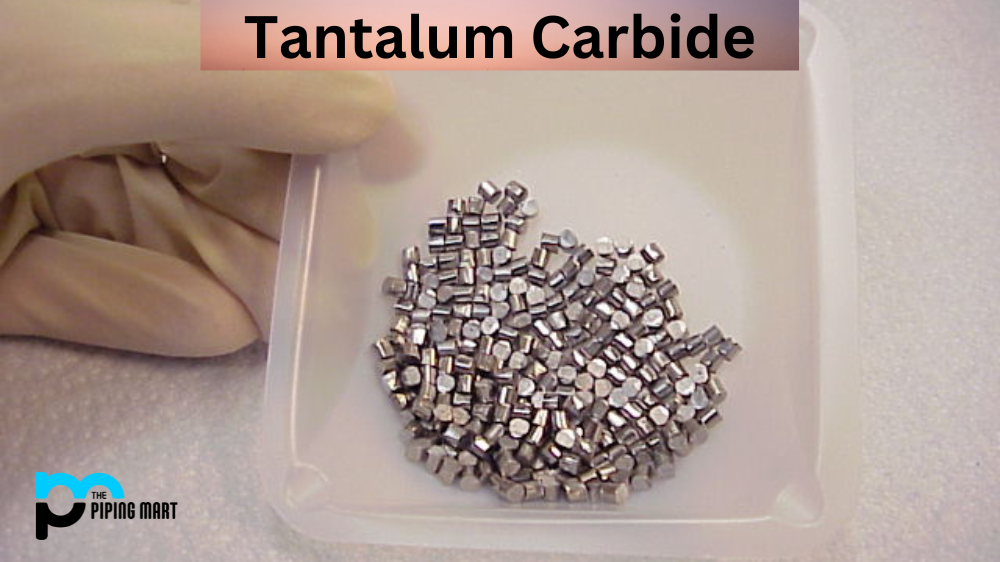Alloy C276 and 316 stainless steel are two of the most popular materials used in industrial applications. But what’s the difference between the two? In this blog, we’ll compare the two materials so you can make an informed decision when it comes to selecting stainless steel for your project.
Alloy C276
Alloy C276 is a nickel-molybdenum-chromium alloy with excellent corrosion resistance, especially in acidic environments. It has high strength and good formability, making it ideal for use in chemical processes, nuclear fuel reprocessing systems, oil and gas processing equipment, pharmaceutical manufacturing components, and electrical enclosures. It is commonly used in applications where temperature extremes or corrosive solutions could affect other materials.
316 Stainless Steel
316 stainless steel is another type of material that offers a wide range of benefits compared to other types of stainless steel. It has excellent corrosion resistance against oxidation and sulfide attack, as well as great mechanical properties at both low and high temperatures. Its ability to withstand extremely high temperatures makes it ideal for use in heat exchangers, boilers, condensers, and piping systems. Additionally, its resistance to chlorides makes it an ideal material for use in marine environments where saltwater can corrode other types of metals quickly.
Difference Between Alloy C276 vs 316 Stainless Steel
Both alloy c276 and 316 stainless steel have their own unique benefits depending on the type of application they’re being used for. When comparing the two materials side by side, alloy c276 offers higher strength while 316 provides better corrosion resistance at higher temperatures than alloy c276. Both materials offer excellent formability and weldability, which allows them to be easily shaped into whatever shape you need them to be without compromising their integrity or strength properties.
Chemical Composition
Alloy C276 and 316 stainless steel are both iron-based alloys. However, they contain different levels of carbon, molybdenum, and chromium. Alloy C276 contains higher levels of molybdenum and chromium, while 316 stainless steel contains a higher level of carbon.
Tensile Strength
Alloy C276 has a higher tensile strength than 316 stainless steel. This means that it is better able to resist being pulled or stretched without breaking.
Corrosion Resistance
Both alloy C276 and 316 stainless steel are highly resistant to corrosion. However, alloy C276 is more resistant to corrosion in high-temperature environments, while 316 stainless steel is more resistant to corrosion in low-temperature environments.
Cost
Alloy C276 is typically more expensive than 316 stainless steel. This is due to the fact that it contains more expensive metals, such as molybdenum and chromium.
Applications
Alloy C276 is often used in chemical processing and marine applications due to its high resistance to corrosion. 316 stainless steel is often used in food processing and medical applications due to its high resistance to corrosion and bacteria.
Conclusion:
Both alloy c276 and 316 stainless steel offer great advantages when it comes to industrial applications, but each one provides different benefits depending on what type of environment they’re being used in. When choosing between these two materials, you should consider their individual strengths, such as corrosion resistance, mechanical properties at low/high temperatures, as well as their formability/weldability, which will help determine which one best suits your application needs. If you need additional assistance deciding between these two materials, then don’t hesitate to contact us here at Metric Marketing! We are happy to help guide you through the process so that you get exactly what you need out of your project!

Abhishek is a seasoned blogger and industry expert, sharing his insights and knowledge on various topics. With his research, Abhishek offers valuable insights and tips for professionals and enthusiasts. Follow him for expert advice on the latest trends and developments in the metal industry.




